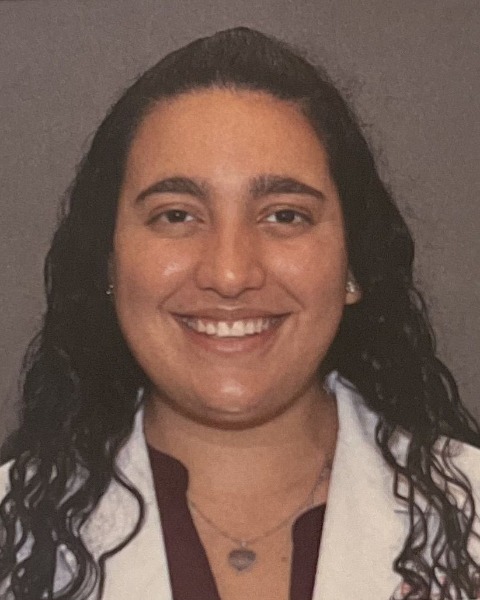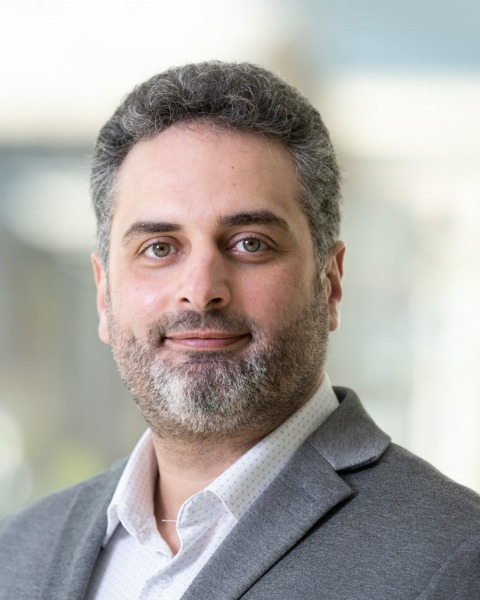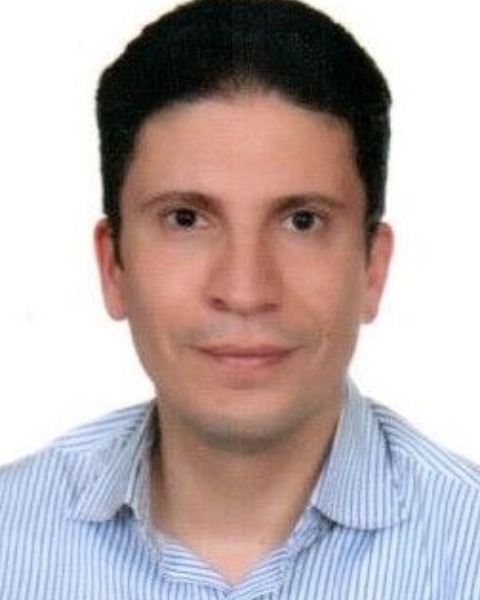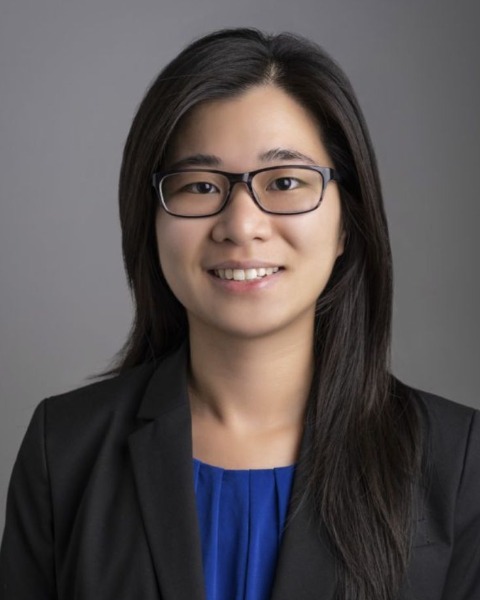Research (R)
PP1332 - Spectral Analysis of Arabic Speech Sounds

Giana Therese Hatem, BA (she/her/hers)
Graduate Student Doctor of Audiology
University of the Pacific
San Francisco, CaliforniaFinancial Disclosures: I do not have any relevant financial relationships with anything to disclose.
Non-Financial Disclosures: I do not have any relevant non-financial relationships with anything to disclose.
Fadi Najem, AuD, PhD (he/him/his)
Assistant Professor
University of the Pacific, CaliforniaFinancial Disclosures: I do not have any relevant financial relationships with anything to disclose.
Non-Financial Disclosures: I do not have any relevant non-financial relationships with anything to disclose.- CE
Chadi El Kari, PhD (he/him/his)
Associate Professor
University of the Pacific
University of the Pacific
Stockton, CaliforniaFinancial Disclosures: I do not have any relevant financial relationships with anything to disclose.
Non-Financial Disclosures: I do not have any relevant non-financial relationships with anything to disclose. 
Basem Marie, PhD (he/him/his)
Al_ahliyya Amman University
Financial Disclosures: I do not have any relevant financial relationships with anything to disclose.
Non-Financial Disclosures: I do not have any relevant non-financial relationships with anything to disclose.
Celia Zhang, AuD, PhD (she/her/hers)
Assistant Professor
University of the Pacific
University of the PacificFinancial Disclosures: I do not have any relevant financial relationships with anything to disclose.
Non-Financial Disclosures: I do not have any relevant non-financial relationships with anything to disclose.
Lead Presenter(s)
Presenter(s)
The purpose of the study is to identify the characteristics of Arabic phonemes in consonant-vowel-consonant (CVC) syllabic structures. Twelve healthy Arabic-native speakers participated in the study. Speech samples were recorded in CVC format using natural voice. Parameters including fundamental frequency, voice onset time, spectral peaks, and duration were analyzed for means and standard deviation. This study provides an important reference of the characteristics of the Arabic speech sounds that can be used in future research such as generating synthesized Arabic speech and improving amplification fitting algorithms for Arabic hearing-impaired patients.
Summary:
Objectives and Rationale: Arabic speech sounds include vowels, stops, fricatives, affricates, nasals, pharyngeals, and emphatics. Although most of these sound classes are common in the English language, the pharyngeals and emphatics sounds are unique in the Arabic language. The purpose of the present study is to provide a reference of the characteristics of Arabic phonemes in consonant-vowel-consonant (CVC) syllabic structures.
Design: Twelve healthy Arabic-native speakers (6 males and 6 females) participated in the present study. All participants have normal hearing and passed an articulation screening of the Arabic alphabet. Each participant spoke with their natural voice at 6 inches from the (Shure MV7 USB Podcast) microphone, and their voice was recorded using the Audacity software (V 3.2.1). Each participant pronounced the /a/, /u/, and /i/ vowel sounds. Then, pronounced the CVC syllables, where the first and last consonants were the same for each of the Arabic alphabet (I.e., /bab/, /tat/, etc.). The entire set of CVCs were repeated using the other two vowels (I.e., /bub/, /tut/, /bib/, /tit/, etc.). The CVC syllables were repeated three times and the order of the syllables was counterbalanced to avoid voice fatigue.
Results: The intensity of the recordings was normalized, and the spectral analysis was obtained for each sound sample. The samples were analyzed in terms of fundamental frequency, voice onset time, spectral peaks, formant structure, and duration. Means and standard deviation of each parameter as well as the spectral analysis of the vowels and CVC syllables are reported in this sound library.
Conclusion: The present study provides an important reference of the characteristics of the Arabic speech sounds. The information presented in this study will be useful for future research in deferent areas such as synthesized Arabic speech and improving the amplification fitting algorithms for Arabic hearing-impaired patients.Learning Objectives:
